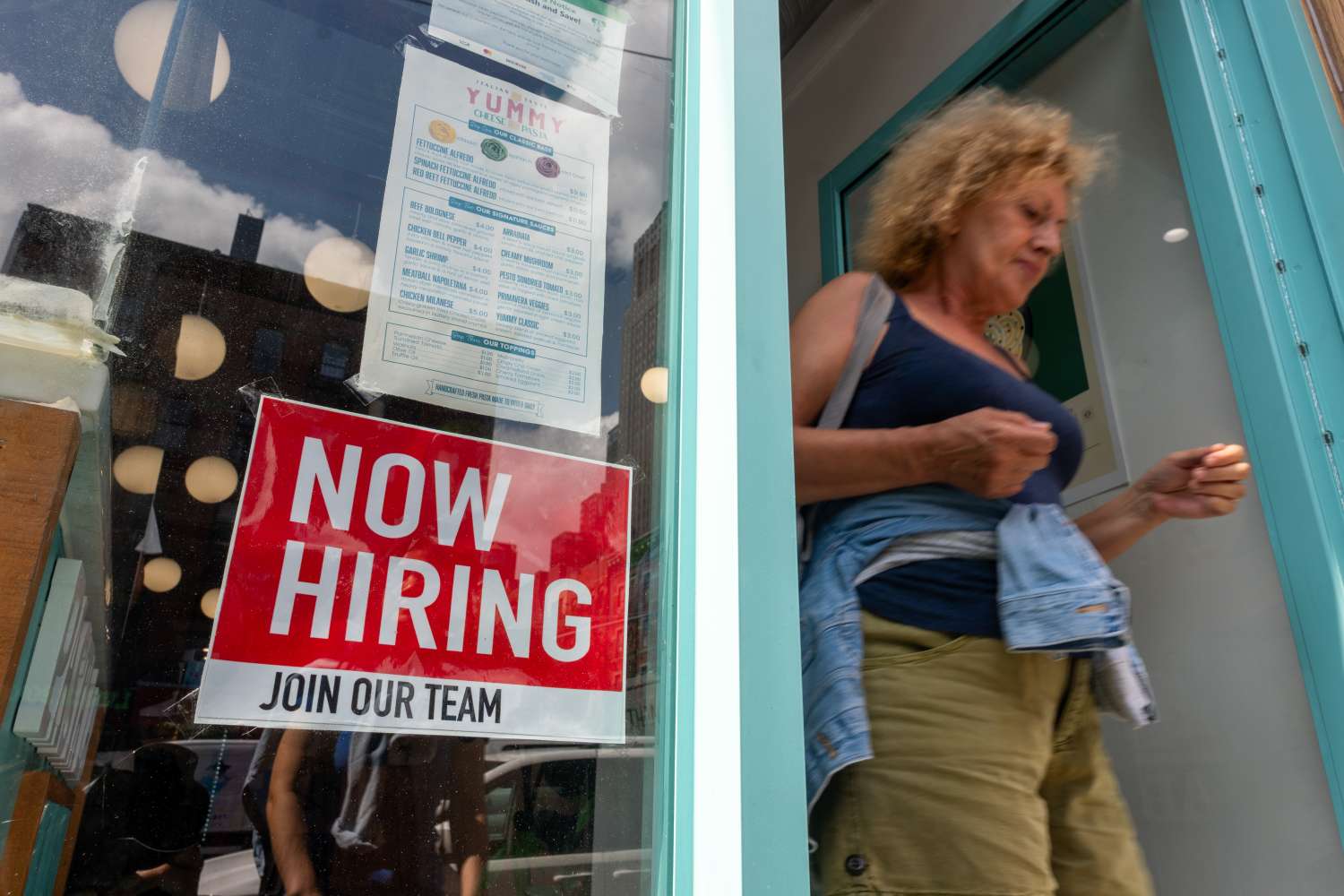Key Takeaways
The U.S. economy is adding far fewer jobs than it used to, raising the question of what factors are holding back hiring.
An analysis by Goldman Sachs economists found President Donald Trump’s immigration restrictions were the biggest factor.
Other reasons include economic uncertainty about about tariffs and layoffs of federal workers, as well as artificial intelligence.
There’s no doubt U.S. employers are adding far fewer jobs than they used to. The only question is, which of the economy’s current headwinds are holding back hiring the most.
Economists at Goldman Sachs attempted to answer that question this week using data from states and companies. They found three of President Donald Trump’s economic policies are the most significant factors in the job slowdown, with the increasing use of artificial intelligence so far a distant fourth.
The Goldman analysis sheds light on why the economy has settled into a low-hiring, low-firing equilibrium, an uneasy balance where people with jobs are relatively secure, but those without them are struggling to find work.
In August, the most recent data available, the U.S. gained just 22,000 jobs, a significant decline from the monthly average of around 147,000 jobs in the 12 months through April. The unemployment rate has ticked up to 4.3%, but it still isn’t high by historic standards.
Elsie Peng, an economist for Goldman, estimates that job growth has settled into around 25,000 a month, well below the roughly 75,000 needed to keep the unemployment rate stable. The biggest factor in the slowdown in recent months is Trump’s crackdown on immigration, which she estimates has reduced job growth by 50,000 per month.
What This Means For The Economy
The Goldman Sachs analysis highlights the seismic impact that several of President Donald Trump’s policies are having on the American labor market, cutting job growth by an estimated 100,000 per month.
Trump’s cutbacks to the federal workforce have also slowed things down, reducing government hiring by 30,000. Additionally, Goldman noted that a reduction in spending on federal contracts is weighing on the labor market.
Economic uncertainty, primarily driven by Trump’s unpredictable campaign of raising tariffs on U.S. trading partners, is another contributing factor. Peng found the tariffs themselves have not directly caused much of a hiring slowdown, but many businesses have pulled back on hiring because they don’t know what trade policies will be in the near future, and have grown increasingly concerned about a possible recession.
Those three factors have resulted in a reduction of 100,000 people per month in hiring, Peng wrote. A.I. adoption has made a smaller but measurable contribution to the job growth freeze, reducing monthly hiring by 10,000.
Understanding the trends behind the job slowdown is important for officials at the Federal Reserve who are weighing how much, and how quickly, to cut the central bank’s key interest rate in the coming months. Fed officials cut the fed funds rate in September for the first time this year, aiming to boost the economy and support the job market by lowering borrowing costs on short-term loans.
Members of the Fed’s policy committee have voiced concerns about the health of the job market. They are widely expected to cut the rate by another quarter-point at their meeting next week, and likely again at their final meeting of the year in December.
Fed officials are weighing the need to boost the job market against the risk that lower rates could stoke inflation. The Fed is tasked by its dual mandate from Congress with keeping both price increases and unemployment in check.

